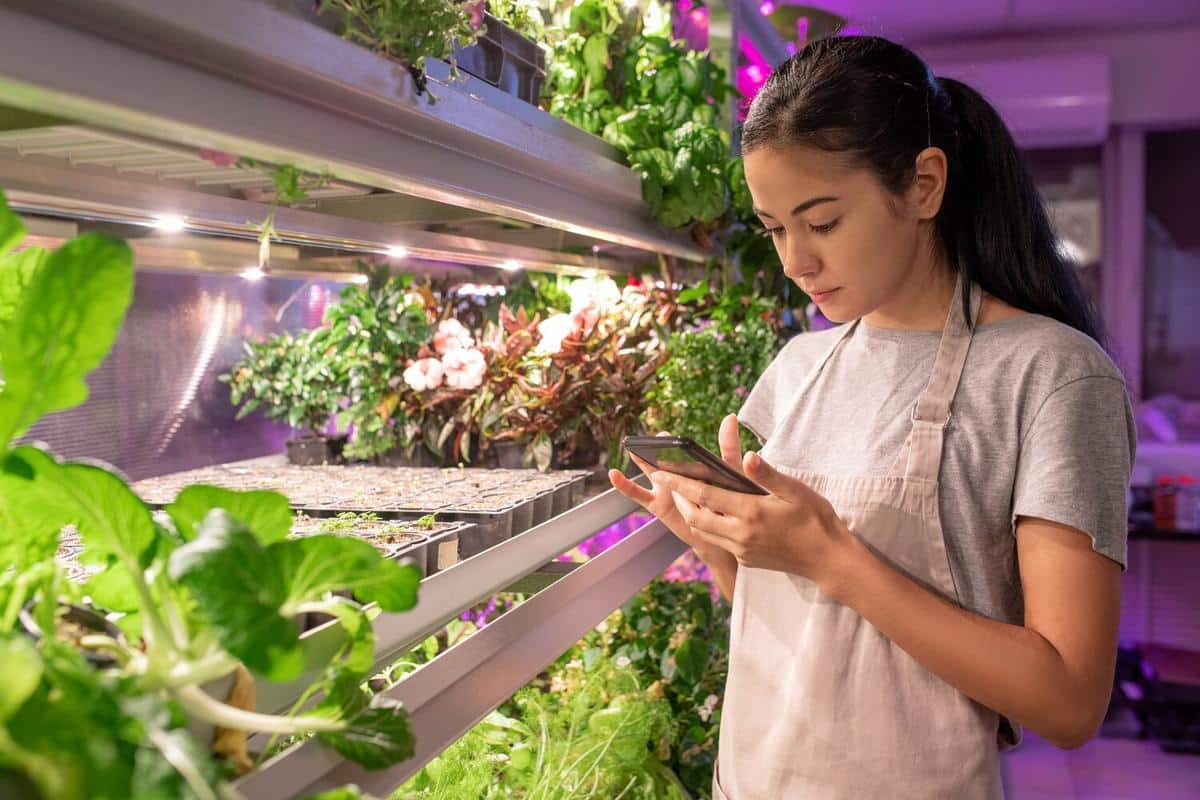
Food Waste Management: Technology’s Role in Reducing Waste
Food waste is a pressing issue that affects both the environment and the economy. With growing concerns about sustainability and resource conservation, technology has emerged as a powerful ally in the fight against food waste. This article delves into how innovative solutions are transforming food waste management, offering a pathway to a more sustainable future.
Understanding Food Waste
Food waste occurs at various stages of the food supply chain, from production to consumption. According to the Food and Agriculture Organization (FAO), approximately one-third of all food produced globally is wasted each year. This not only contributes to environmental degradation but also represents a significant economic loss.
Technology’s Role in Mitigating Waste
Technological advancements are playing a crucial role in reducing food waste. From smart packaging to AI-driven inventory management, these innovations are helping businesses and consumers make more informed decisions. For instance, smart sensors in refrigerators can monitor food freshness and reduce spoilage.
Expert Insight
Dr. Lisa Smith, a sustainable food systems researcher, notes, “Technology is pivotal in creating efficient food systems that minimize waste and maximize resource use.”
Statistics Highlighting the Issue
A study by the World Resources Institute found that improved food waste management could save up to $1.2 trillion annually. Additionally, reducing food waste can significantly lower greenhouse gas emissions, contributing to climate change mitigation.
Real-World Examples
Many companies have adopted technology-driven approaches to tackle food waste. For example, some grocery stores are using AI to predict demand and adjust their orders accordingly, reducing the amount of unsold produce.
Actionable Tips for Reducing Food Waste
- Utilize apps that connect consumers with surplus food from restaurants and stores.
- Implement smart kitchen gadgets that alert you about food nearing expiration.
- Donate excess food to local food banks and charities.
Consider using a composting system to turn food scraps into nutrient-rich soil for gardening.
Comparison of Technologies
| Technology | Function | Impact |
|---|---|---|
| Smart Packaging | Monitors food freshness | Reduces spoilage |
| AI Inventory Systems | Predicts demand | Minimizes overstock |
| Food Sharing Apps | Connects surplus food with consumers | Prevents waste |
| Composting Solutions | Transforms waste into compost | Enriches soil |
| Blockchain | Tracks food supply chain | Improves transparency |
| IoT Sensors | Monitors storage conditions | Enhances shelf life |
| Machine Learning | Analyzes waste patterns | Improves efficiency |
| Surplus Food Platforms | Distributes excess food | Feeds those in need |
Frequently Asked Questions
How does technology help reduce food waste?
Technology aids in monitoring food freshness, predicting inventory needs, and facilitating food redistribution.
What are some simple ways individuals can reduce food waste at home?
Individuals can plan meals, store food correctly, and use leftovers creatively.
Can reducing food waste help combat climate change?
Yes, reducing food waste lowers greenhouse gas emissions, contributing to climate change mitigation.
Conclusion
Embracing technology in food waste management is essential for creating sustainable food systems. By integrating innovative solutions, we can significantly reduce waste, conserve resources, and promote environmental health. It’s time for individuals, businesses, and policymakers to take action and harness technology’s potential to make a meaningful impact.


